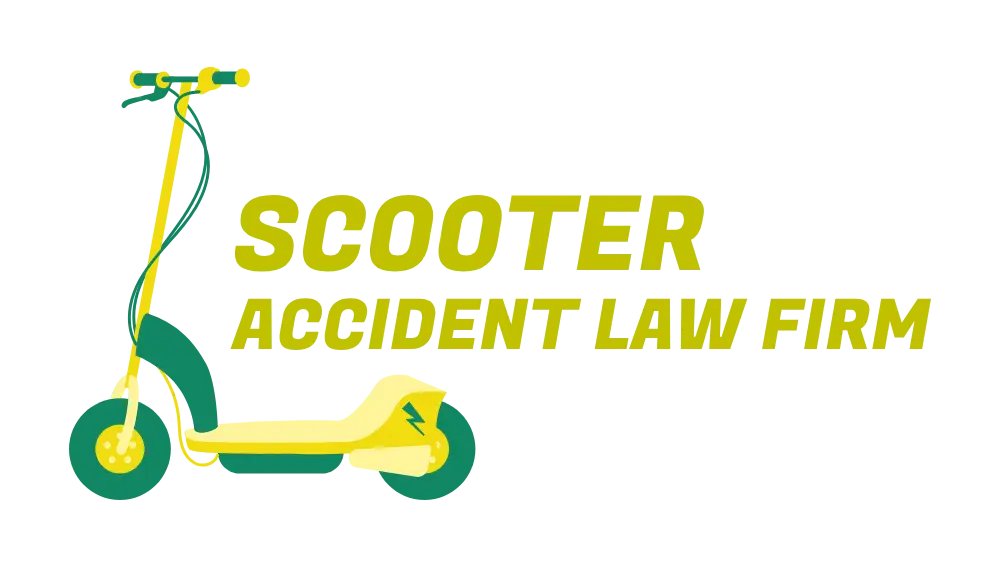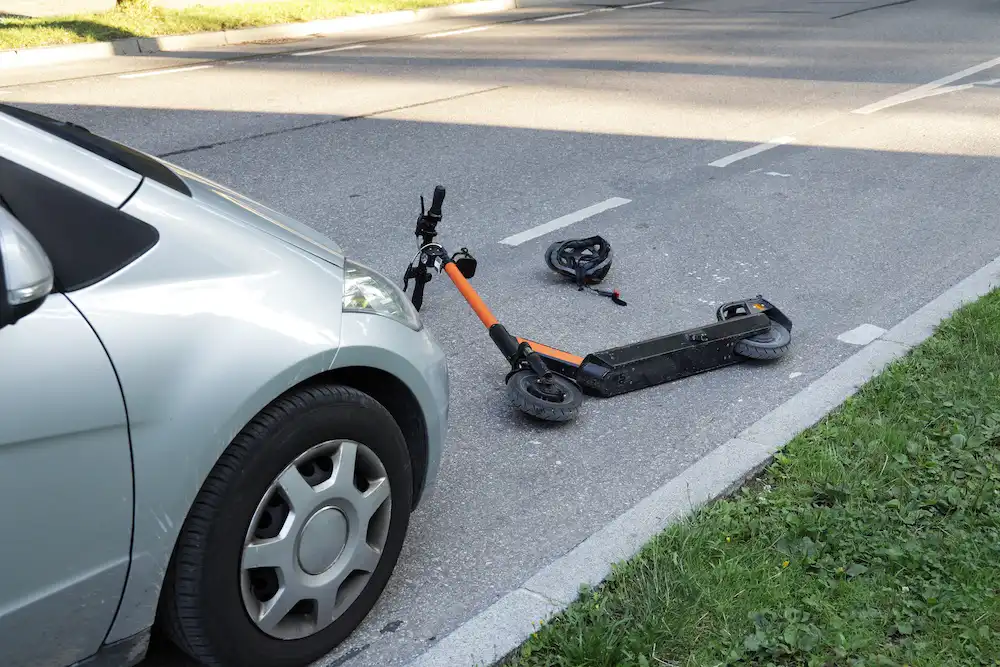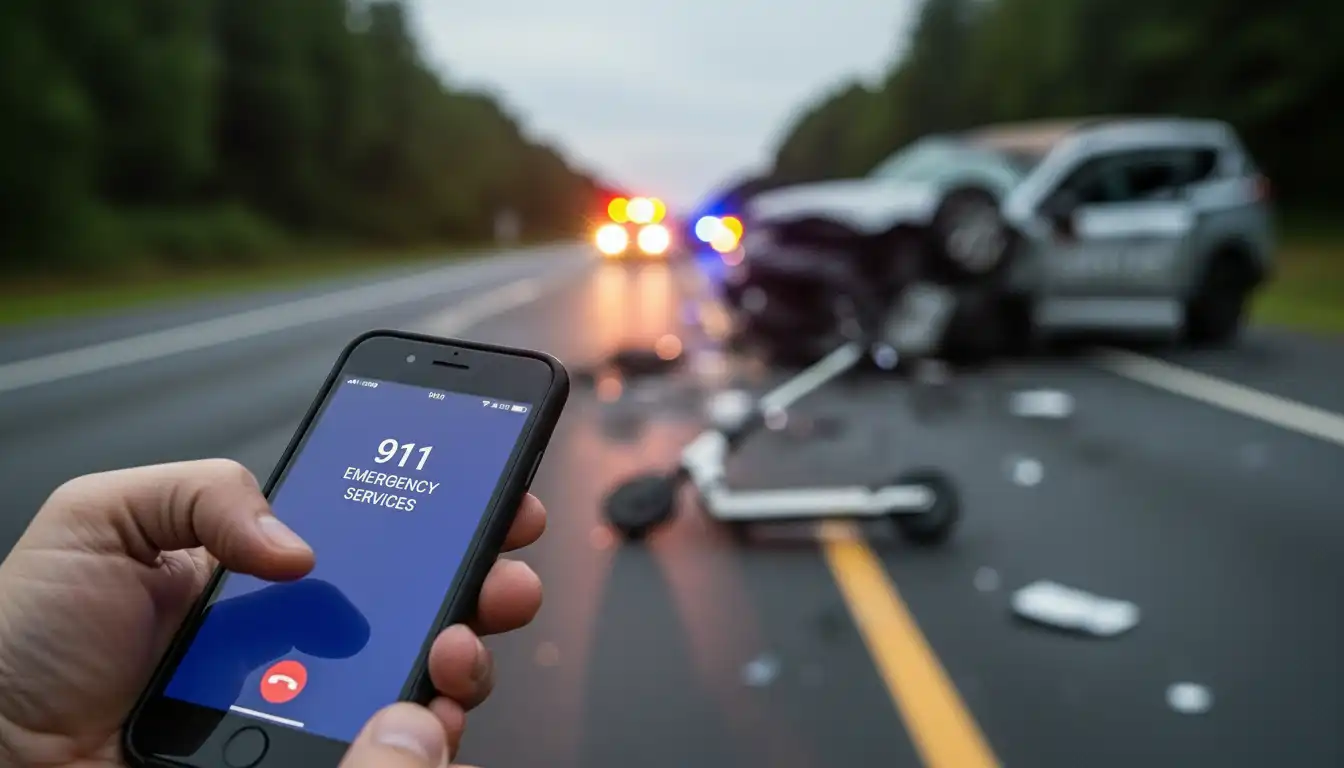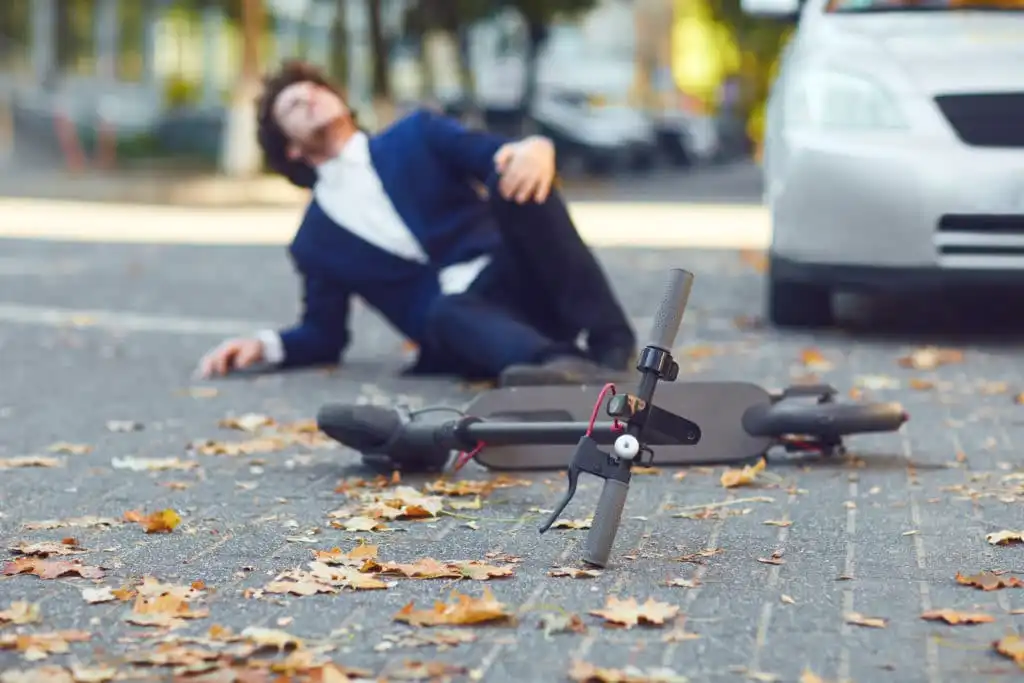Scooter accidents, whether on electric scooters or traditional motorized models, have become increasingly common, particularly in cities with heavy traffic and a high number of riders. If you’ve been involved in a scooter accident, it’s important to act quickly and responsibly to protect your health, safety, and legal rights. This guide will walk you through the necessary steps you should take immediately after a scooter accident.
Step 1: Ensure Your Safety and Check for Injuries
Your health and safety are the top priority after any accident. Start by checking yourself for injuries, even if you feel fine initially, as some injuries might not be immediately obvious, like concussions, internal bleeding, or whiplash. Here’s what to do:
-
Assess your injuries: If you’re able to move, check yourself for any visible injuries. If you’re in pain or unable to move, remain still and wait for help.
-
Move to safety: If you can, move off the road or the area of the accident to prevent further danger. However, if you’re seriously injured, stay where you are and avoid moving.
-
Stay calm: Panicking can make the situation worse. Take deep breaths and focus on getting the help you need.
Step 2: Call 911 and Report the Accident
Always call 911 after a scooter accident, especially if there are injuries involved. Reporting the accident to the authorities serves several purposes:
-
Medical assistance: Emergency responders will arrive to provide medical care. If injuries are serious, they can transport you to the hospital for further treatment.
-
Police report: The responding officers will file an official accident report. This document is important for insurance claims and any potential legal action.
-
Document the scene: Police reports include key details like the involved parties, any violations, and the circumstances of the accident.
Step 3: Gather Evidence at the Scene
If you’re physically able, collecting evidence from the accident scene is crucial for supporting your claim and determining fault. Here’s what you should do:
-
Photograph the scene: Take pictures of the scooter, any other vehicles involved, road conditions, traffic signals, and any visible injuries. This documentation can play a key role in proving what happened.
-
Get witness statements: If there were any witnesses to the accident, ask for their contact information and a brief statement about what they saw.
-
Write down details: Jot down everything you remember about the accident. Include the date, time, location, weather conditions, and anything unusual about the incident.
-
Document the other party’s information: If another vehicle or individual was involved, exchange names, addresses, phone numbers, and insurance details. If it was another scooter or a pedestrian, get their information as well.
Step 4: Seek Medical Attention, Even if You Don’t Feel Injured
Even if you feel fine after the accident, seeking medical attention is essential. Some injuries, such as concussions or internal injuries, may not present symptoms right away. Here’s why:
-
Unseen injuries: Head injuries or internal damage may not be immediately apparent but can worsen over time.
-
Create a medical record: Getting checked by a doctor ensures that your injuries are documented. This is crucial if you need to file an insurance claim or pursue legal action later.
Don’t skip this step. Some injuries, like whiplash or back pain, may seem minor initially but can cause long-term problems if left untreated.
Step 5: Contact Your Insurance Company
After ensuring your safety and health, contact your insurance company to report the accident. Whether you have scooter insurance, personal injury protection (PIP), or other forms of coverage, it’s important to notify your provider promptly. Here’s what to do:
-
Provide all details: Share the specifics of the accident, including your medical treatment, damage to the scooter, and any other involved parties.
-
Stay consistent: Stick to the facts when communicating with your insurer. Avoid speculating on what caused the accident or admitting fault, as this could hurt your claim.
-
Record the claim number: Write down the claim number and the details of the person you spoke to for future reference.
Step 6: Consult with a Scooter Accident Lawyer
If you’ve been injured in a scooter accident, it’s wise to consult with an experienced lawyer. An attorney specializing in personal injury law can provide valuable help:
-
Legal advice: A lawyer will explain your rights and options for pursuing compensation. They can help you understand how the law applies to your case and how to proceed.
-
Dealing with insurance: Insurance companies often try to settle claims quickly for less than what you deserve. A lawyer can negotiate on your behalf to ensure you receive fair compensation.
-
Investigate the accident: Lawyers can conduct a thorough investigation into the accident, gather further evidence, and interview witnesses to strengthen your case.
-
Representation: If your case goes to court, a lawyer will represent you and fight for your best interests.
Step 7: File Your Scooter Accident Claim
If you decide to pursue compensation, the next step is to file an insurance claim or a personal injury lawsuit. Your lawyer can help you gather all the necessary documentation, such as:
-
Medical records: Provide proof of the injuries you sustained and the treatments you received.
-
Witness statements: Statements from witnesses who can confirm the events leading to the accident.
-
Accident report: A police report that includes key details about the crash and potentially the other party’s fault.
If your case involves serious injuries, a lawyer can also help you pursue damages for pain and suffering, lost wages, and future medical costs.
Step 8: Follow Up on Your Case
After filing your claim, stay involved in the process by keeping track of any developments or requests from your lawyer or insurance company. Regularly check in on the status of your case to ensure that everything is moving forward.
-
Stay updated: If additional information is needed, your lawyer or insurance company will let you know. Keep them informed about any changes to your condition or new evidence that may emerge.
-
Attend medical appointments: Continue your medical treatments and document any changes in your health. These records will be important if your condition worsens or requires long-term care.
Step 9: Be Prepared for a Settlement or Trial
Most scooter accident cases settle out of court, but in some cases, you may need to go to trial to receive fair compensation. Your lawyer will guide you through the process, helping you make decisions about settlement offers and whether to accept or pursue a trial.
-
Settlement: If a fair settlement offer is made, you can choose to accept it and resolve the case without going to trial.
-
Trial: If settlement negotiations fail or if you believe the offer isn’t sufficient, your lawyer can take the case to trial.
Conclusion
Handling a scooter accident can be stressful and overwhelming, but knowing what steps to take can make a significant difference in your recovery process and in protecting your legal rights. From ensuring your safety and gathering evidence to consulting a lawyer and filing a claim, following these steps will help you navigate the aftermath of a scooter accident with confidence.
If you’ve been involved in a scooter accident, don’t hesitate to contact an experienced scooter accident lawyer. They can help you understand your options, negotiate with insurance companies, and fight for the compensation you deserve.



